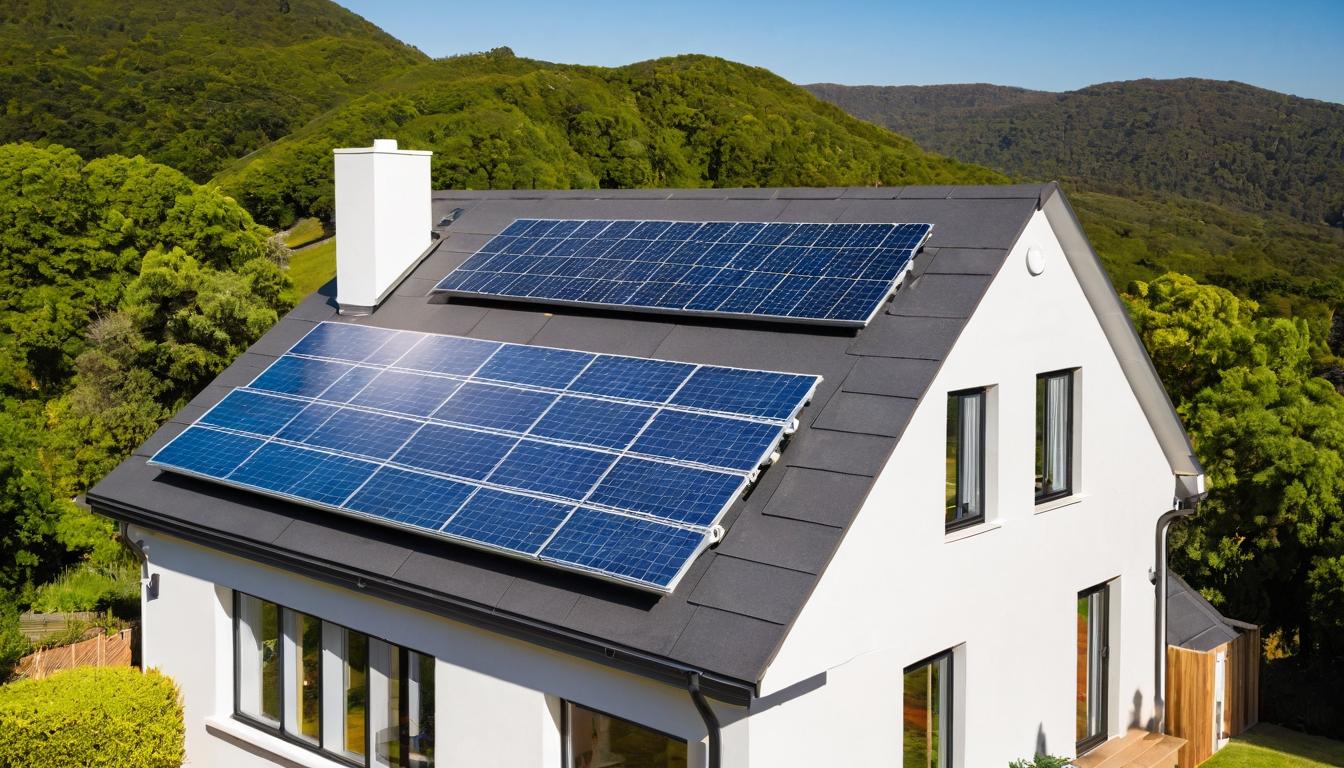Walking through the rows of gleaming solar panels at a recent industry conference, I couldn't help but notice the quiet revolution happening right under our noses. While homeowners are still being sold the same basic silicon panels that dominated the market a decade ago, manufacturers are quietly rolling out technologies that could make today's installations obsolete within years. The gap between what's available and what's being installed is wider than most consumers realize.
Perovskite solar cells are no longer just laboratory curiosities. I spoke with researchers who showed me flexible, semi-transparent panels that could turn entire building facades into power generators. These aren't the rigid blue rectangles you see on rooftops today—they're lightweight films that can be applied like wallpaper, with efficiency rates that already challenge conventional silicon. One engineer whispered to me, "We're about two years from commercial availability, but most installers are still pushing technology from 2015."
The battery storage story is equally compelling. While Tesla's Powerwall gets all the headlines, Chinese and Korean manufacturers are producing residential storage systems at half the cost. The real breakthrough isn't in the batteries themselves, but in the software that manages them. Smart systems now learn your energy usage patterns, automatically selling power back to the grid during peak demand when prices are highest, then recharging during cheap overnight rates. One homeowner in Arizona showed me how his system earned enough in grid services last year to cover his entire electricity bill—solar production was just the bonus.
Community solar is quietly dismantling the biggest barrier to renewable energy: homeownership. I visited a project in Minnesota where renters and condo dwellers can buy shares in a nearby solar farm, receiving credits on their utility bills exactly as if the panels were on their own roofs. The program has a waiting list hundreds long, yet most solar companies continue focusing exclusively on single-family homes. "We're leaving money on the table by ignoring 40% of the population," one project developer confessed.
The manufacturing landscape is shifting dramatically. While China still dominates production, I toured a new factory in Georgia where robots assemble panels with minimal human intervention. The owner explained how tariffs and shipping costs have made domestic manufacturing competitive again. "People think solar is all about China, but the math changed when container shipping costs quadrupled," he told me. "We can now compete on price while creating American jobs."
Maintenance is becoming the industry's dirty little secret. As early installations age, homeowners are discovering that monitoring systems often fail to detect gradual efficiency losses. One couple in California showed me their system, which had lost 15% of its output over three years without triggering any alerts. "The installer told us everything was fine because the lights were green," they said. "We only noticed because our electric bills started creeping up."
Financing options have become dangerously creative. I reviewed contracts offering "zero down" solar that actually include escalating payments hidden in the fine print. One family in Florida saw their monthly payment increase by 40% over three years, locking them into a contract they can't afford to break. "They made it sound like my payment would never change," the homeowner told me. "Now I'm paying more for solar than I ever did for electricity."
The recycling problem looms large. With the first wave of solar installations approaching end-of-life, nobody has solved the waste problem. I visited a recycling facility that can recover about 80% of a panel's materials, but the economics only work with massive scale. "Right now, it's cheaper to landfill them than recycle," the operations manager admitted. "We're building a time bomb of electronic waste."
Microinverters versus string inverters represents another choice most homeowners make without understanding the implications. While microinverters cost more upfront, they can increase system output by 5-15% in shaded conditions and provide panel-level monitoring. Yet many installers still push cheaper string inverters because they're easier to install. "It's the difference between buying a sports car and economy model," one technician explained. "Both get you there, but one performs much better when conditions aren't perfect."
The future is arriving faster than the industry wants to admit. Building-integrated photovoltaics—where solar cells are embedded directly into roofing materials—are already available from several manufacturers. I walked on solar roof tiles that look identical to high-end slate but generate electricity. The cost remains prohibitive for most, but prices are dropping 20% annually. Within five years, the choice between regular roofing and solar roofing may disappear entirely.
What emerges from months of investigation is a industry at a crossroads. The technology has never been better or more diverse, yet the sales practices haven't evolved to match. Homeowners are making 25-year decisions based on outdated information while better options gather dust in laboratories and showrooms. The solar revolution is here—we just need to make sure consumers aren't getting left with yesterday's technology.
The solar panel revolution: what your installer isn't telling you about emerging technologies

